Síndrome de l’espai gluti profund (deep gluteal syndrome). Bases anatòmiques de la seva fisiopatologia i indicacions quirúrgiques
llistat de metadades
Author
Date of defense
2024-03-15
Pages
140 p.
Department/Institute
Universitat de Girona. Departament de Ciències Mèdiques
Doctorate programs
Programa de Doctorat en Biologia Molecular, Biomedicina i Salut
Abstract
Pain in the buttock region without lumbar pathology will lead us to focus the study on the region of the subgluteal space. This is defined as the deep gluteal syndrome. The deep gluteal syndrome is a condition with a very broad etiological basis. Among the many causes, all have in common the compression of the sciatic nerve as it passes through the deep gluteal space. Historically, compression has been described as caused by the piriformis muscle, the inferior gemellus complex, gemellus superior, and internal obturator, ischiofemoral impingement, or the hamstring tendon. With the advent of endoscopic treatments, new causes are defined. It is suggested that nerve compression may occur due to fibrovascular tissue or perisciatic fibrous tissue. The connective tissue includes the sciatic nerve, providing protection as it passes through a space exposed to many anatomical structures. Furthermore, it must provide some degree of mobility to adapt to hip rotation movements. So, what is the significance of this perisciatic connective tissue, and what role does it play in deep gluteal syndrome? With this thesis, we propose a detailed anatomical study, focusing on perisciatic connective tissue. We determine the relationships with peripheral structures and analyze if they could be causative factors of pathology
El dolor a la regió posterior del maluc sense patologia lumbar, farà que orientem l’estudi cap a la regió de l’espai subgluti. Es defineix com a síndrome del gluti profund. La síndrome del gluti profund és una entitat etiològicament molt extensa. Dins les múltiples causes totes tenen en comú, la compressió sobre el nervi ciàtic al seu pas per l’espai gluti profund. Històricament s’ha descrit com a causa de compressió: el múscul piriforme, el complex gèmin inferior, gèmin superior i obturador intern, el pinçament isquiofemoral o al tendó dels isquiotibials. Amb l’inici dels tractaments endoscòpics, es defineixen noves causes. Es parla de la possibilitat de compressió del nervi per teixit fibrovascular o per teixit fibrós periciàtic. El teixit connectiu inclou el nervi ciàtic proporcionant-li protecció al seu pas per un espai on està exposat a moltes estructures anatòmiques. A més li ha de conferir certa llibertat de moviment per poder-se adaptar als moviment de rotació del maluc. Així doncs quina importància té aquest teixit connectiu periciàtic, i quin paper juga en la síndrome del gluti profund? Proposem amb aquesta tesi la realització d’un estudi anatòmic detallat, posant el centre d’atenció en el teixit connectiu periciàtic. En determinem les relacions existents amb les estructures perifèriques i analitzem si poden ser elements causals de patologia
Keywords
Síndrome del gluti profund; Síndrome del glúteo profundo; Deep gluteal syndrome; Estudi anatòmic; Estudio anatómico; Anatomic study; Teixit connectiu; Tejido conectivo; Connective tissue; Nervi ciàtic; Nervio ciático; Ciatic nerve; Músculs; Músculos; Muscles; Pelvis; Maluc; Cadera; Hip; Cirurgia; Cirugía; Surgery; Fisiologia patològica; Fisiología patológica; Pathological physiology
Subjects
616.7 - Pathology of the organs of locomotion. Skeletal and locomotor systems



